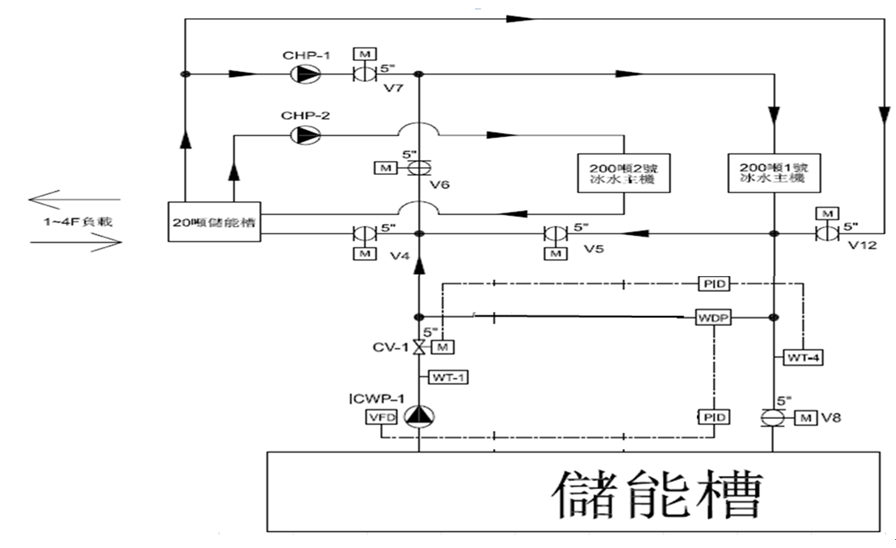
Demand response and energy saving strategy
Author: Gilbert Chen
Energy saving is a bit hit in recent years. Due to improper energy policies this year, electricity prices have risen sharply, highlighting the importance of energy saving. When talking about energy saving, we must understand three important terms:
- Demand: Demand means the average power consumption per 15 minutes, which differ from each country. The maximum demand is the maximum demand value within a month. Factories with high electricity consumption generally need to apply for contract capacity with the power company, which is the so-called rated maximum demand. The higher the contract capacity application, the higher the basic fee will be paid. Therefore, the company does not apply for a contracted capacity that exceeds the usage demand, but if the company's instantaneous demand exceeds the contracted capacity, the power company will impose a fine.
- Power Factor: In short, the Power Factor is the effective power consumption. If the user's effective electricity consumption is too low, the power company will also charge a higher electricity fee.
- Energy Storage Equipment: Power generation and demand are often not in perfect balance. In normal, power companies will keep 10-20% of the remaining power generation in reserve to prepare for peak power consumption, and there will be no doubts about power outages. Energy storage equipment is to store excess electricity to provide electricity demand during peak periods. Especially in the green energy era, when power generation is extremely unstable, energy storage has become an important issue. At present, the energy storage method that everyone is more familiar with is the battery storage method. The way of natural energy storage is to use excess power to convert electrical energy into potential energy during excess power generation, and then convert potential energy into electrical energy during peak times, such as the Feicui Reservoir pumped storage hydropower system in Taipei.
The daily power generation target by power companies often use the country's maximum electricity demand plus the safety stock. In the non-green energy era in the past, the power generated was stable, and the power company would use the highest demand for electricity in summer plus a safe stock as the standard for power generation and the basis for future planning. Therefore, in the past, when Taiwan transitioned from thermal power generation to nuclear power generation, subsidized by hydroelectric power generation, it has always been able to provide stable and low-cost power without fear of shortage. Taiwan's industry has also flourished because of the stable power supply.
In recent years, the issue of environmental protection has become a hot topic, and the government has insufficient understanding of the maturity of green energy. It has set green energy, an energy source with unstable supply and high cost, as the main source of electricity. As a result, the cost of electricity has increased significantly, and the power company cannot bear the loss and raises the electricity fee. In order to save money, energy saving is an important issue today. In order to encourage everyone to increase electricity consumption when there is too much power surplus, the power company has differential electricity prices for peak electricity consumption, half-peak electricity consumption, and off-peak electricity consumption (as shown in Appendix 1). The difference in electricity charges is nearly three times, so users necessary to consider performing energy storage actions during off-peak electricity consumption hours, and then use them in peak hours.
The use of air-conditioning has always been the largest power-consuming equipment in factory operations. In order to do energy saving well, PSI makes good use of off-peak electricity for energy storage, and releases the energy during peak hours to reduce electricity costs. Therefore, it has been developed to use the chilled water host to pump the water in the pool to a temperature of 5°C during off-peak hours, turn off the chilled water host during off-peak hours, and use the chilled water in the pool to supply the blower in the factory (see Appendix 2). First, use the minimum demand value (contract capacity) to meet the power demand of the factory, Second, ensure the lowest power consumption during peak hours. In this way, the monthly electricity bill can be reduced to a controllable level and the competitiveness can be improved!
Energy saving is a common issue that human beings living in today's world need to face. This article is only provided as a reference for companies or individuals who intend to do something about energy conservation. I hope that the earth can always be suitable for human survival through everyone's common understanding of energy policies!

Appendix 1

Appendix 2
